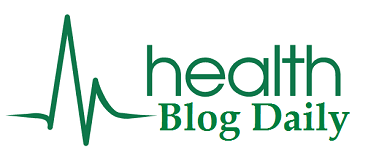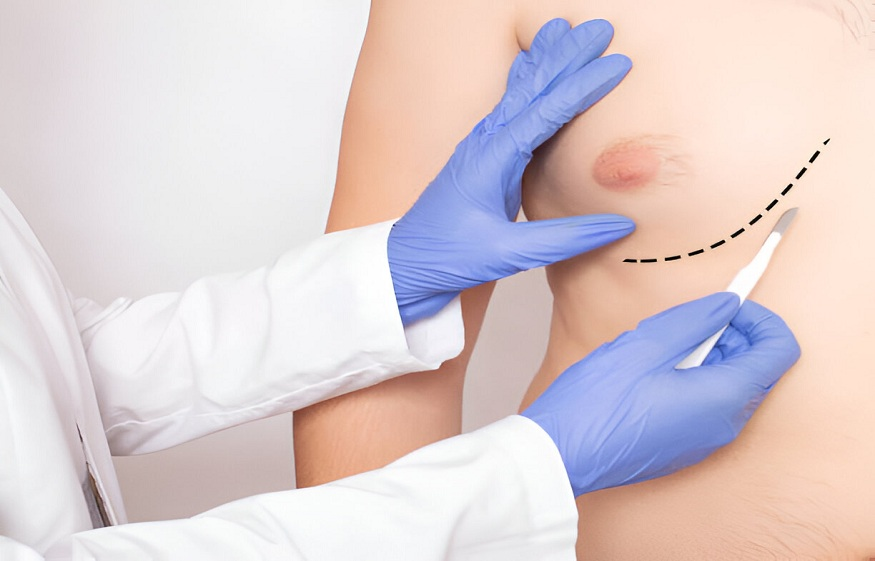Is Chest Pain Or Swelling A Sign Of Gynecomastia?
Gynecomastia affects every man across all ages, often causing discomfort, embarrassment, and confusion. One of the most common questions that circulates among gynecomastia patients is: ‘Is chest pain or swelling a sign of gynecomastia?’ Of course, it’s a prompt sign of gynecomastia. Furthermore, let’s delve deeper into the blog to explore what gynecomastia is, how it presents itself, whether chest pain or swelling are reliable symptoms, and what you should do when experiencing it.
What is gynecomastia?
Gynecomastia is nothing but a benign enlargement of the male breast tissue, triggered by a hormonal imbalance between estrogen and testosterone. Simply, everyone produces both hormones, but typically testosterone dominates in males. Whenever any issue arises with this balance, whether due to natural development, medication, or medical conditions, breast tissue will begin to grow. This growth occurs on both sides of the chest, and typically, it is localized behind the nipple area, to safeguard your health, you need to reach out to the best plastic surgeon in Coimbatore.
Does chest pain indicate gynecomastia?
Often, chest pain remains the early and common sign of gynecomastia. Further, let’s see why:
-Tenderness around the nipple:
Most of the men with gynecomastia will experience sensitivity or tenderness around the areola, which is the dark area around the nipple. This pain ranges from mild discomfort to sharp, localized pain.
-Hormonal fluctuations:
The hormonal fluctuations that trigger gynecomastia will also affect nerve endings and soft tissues, causing intense pain or discomfort.
– Growing breast tissue:
When the breast tissue grows, it will push against surrounding structures, resulting in a stretching sensation or dull ache.
-Experiencing pain when engaging in physical activity:
You may feel more discomfort during exercises such as push-ups or chest presses, where the chest muscles and tissue are actively engaged.
Is swelling in the chest a sign of gynecomastia?
Of course, the primary sign of gynecomastia is swelling. Simply, this is not fat but a glandular tissue growth. The characteristics of gynecomastia swelling include:
- It will be seen below or around the nipple.
- When touching, it feels firm or rubbery.
- Can be symmetrical or asymmetrical.
- Feels tender or sore.
- Unlike others, it won’t be accompanied by redness or signs of infection.
Who is at a higher risk of developing gynecomastia?
A male at any age can develop gynecomastia, but a few life stages are more prone due to hormonal fluctuations, such as:
- Infants: Due to maternal estrogen exposure, a few male newborns will develop temporary breast tissue.
- Adolescents: Typically, during puberty, over 70% of boys will get some level of gynecomastia, but this will go away within 6 to 24 months.
- Adults: Men aged between 50 to 70 years are at higher risk due to the reduced natural testosterone levels and other health problems.
Apart from male breast swelling and pain, gynecomastia also causes:
- Nipple discharge.
- Psychological distress or embarrassment.
- Uneven breast size.
- Skin sensitivity around the chest area.
What causes gynecomastia?
Several factors contribute to gynecomastia, including:
-Hormonal imbalance:
Reduced testosterone and increased estrogen levels.
-Medical conditions:
- Liver disease
- Kidney failure
- Testicular or adrenal tumors
- Hyperthyroidism
-Substance use:
- Alcohol
- Marijuna
- Heroin
- Amphetamines
-Obesity:
Excess fat has the potential to convert testosterone into estrogen, which will contribute to breast tissue growth.
What are the ways to diagnose gynecomastia?
In case you are experiencing gynecomastia chest pain or swelling, reach out to a healthcare provider. They perform:
- To check firmness and tenderness, doctors will do physical exams.
- To evaluate hormone levels, doctors will ask for blood tests.
- To detect tumors or breast cancer, doctors will recommend an ultrasound or a mammogram.
- This is very rare, when malignancy is suspected, doctors will ask for a biopsy.
How to treat gynecomastia?
Treatment will be given based on the cause and severity of the condition, like:
-Waiting:
Developing gynecomastia during adolescence, or when it is mild, will resolve on its own after some time.
-Medications:
A few medications will help shrink breast tissue, notably when caught early.
-Treating the underlying conditions:
Managing thyroid issues, liver disease, or altering the medications will reverse symptoms.
-Surgical options:
- For excess fat, liposuction will be done.
- To remove the glandular tissue, doctors will recommend mastectomy.
Doctors will suggest surgery if the condition is persistent, painful, or emotionally distressing.
When should I reach out to a doctor?
You should get immediate medical help from the gynecomastia treatment in Coimbatore when experiencing the following conditions:
- Chronic chest pain or swelling.
- One-sided swelling that worsens over time.
- Bloody discharge from nipples.
- Hard lumps or fast growth.
- Appearance changes will cause emotional distress.
Conclusion:
In conclusion, we can say that the answer to this question is that ‘chest swelling or pain is a sign of gynecomastia’ is yes. These signs are usually due to hormonal imbalances that cause glandular tissue to grow beneath the nipples. It may be harmless, but to be on the safe side, you should consider ruling out other serious conditions, like male breast cancer. In case you or someone you know is experiencing these symptoms, never ignore them. Timely diagnosis, proper treatment, and supportive care can assist in managing gynecomastia effectively.



